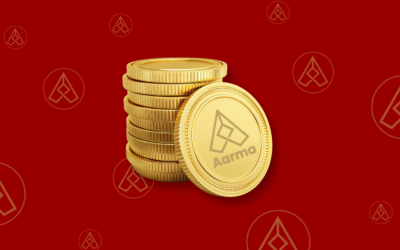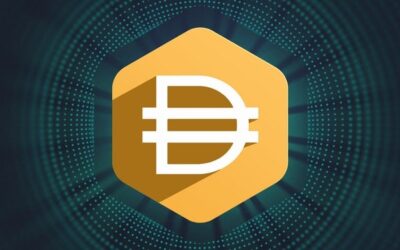What is Ethereum?
Ethereum is an open source, decentralized blockchain technology. It’s native coin is called ether. The coin is one of the largest cryptocurrencies in the market after bitcoin. However, Ethereum is the most widely used blockchain even though it has a smaller market cap than bitcoin. People often get confused and consider Ethereum and bitcoin to be similar but that’s not the case. While Bitcoin is mainly a digital currency, Ethereum is a computing platform and an open-source operating system. Another major aspect of how the Ethereum technology works is by enabling decentralized finance which means that there is not a single entity controlling it or the value of ether.
History
After bitcoin was introduced, blockchain immediately caught the attention of developers around the globe. In 2013, a Canadian programmer named Vitalik Buterin proposed a new platform that allowed for decentralized applications to mark a new beginning for online transactions. Buterin also co-founded ‘Bitcoin Magazine’ in 2011. In 2015, Buterin and the other co-founders launched the first live release of Ethereum known as Frontier. They minted 72 million coins and distributed them to the people who funded the initial project. Since then, there has been no going back. The platform has grown rapidly and hundreds of developers are currently involved.
Features of Ethereum
- Ether- This is the cryptocurrency for Ethereum. It is the foundation that runs the network. It can be used to pay for computational and other transactions executed on the Ethereum network. Another utility of ether is that it can be used to buy gas, which can then be used to pay for the computation of any transaction made on the Ethereum network.
- Smart Contracts-
Smart contracts gained a lot of attention for revolutionizing the way in which traditional contracts functioned. A smart contract is a basic computer program that helps in the exchange of any valuable asset between two parties. The asset could be anything ranging from property to money, shares, digital assets etc. These contracts can be created by any person present on the Ethereum network. The main feature of a smart contract is, it cannot be altered once executed. The transactions done get registered permanently and are immutable. Therefore, even if you modify a smart contract in the future, the transactions associated with the initial contract remain unaltered, unedited.
- Decentralized Applications- These are consolidated applications which can be created by Ethereum. They are called ‘Dapps’, for short. A Dapp comprises a backing code that runs on a distributed peer-to-peer network. It is a unique software that works in the Ethereum network without being controlled by the centralized system. It offers a direct interconnection between the Dapp providers and the end users. The fuel for a Dapp to run is a token.
- EVM’s- An EVM (Ethereum Virtual Machine) is a software platform based on blockchain technology. It permits the developers to create Dapps. It is the machine that interprets the language of smart contracts which is written in higher level languages like solidity. Any programming language within the smart contract is put together into the bytecode, which the EVM recognizes. This bytecode can be read and implemented using the EVM.
- DAO’s- A DAO ( Decentralized Autonomous Organization) is a digital organization in which the power of decision making is in the hands of a group of designated authorities rather than centralized authorities. It is present on a block chain network where it is controlled by protocols placed in a smart contract. So, DAO’s are dependent on smart contracts or the decentralized voting system for decision making. Therefore, before making any organizational decision, it has to move through the voting system which is sustained on a decentralized application.
Price Chart
The Ethereum platform went live on 30th July 2015. Within a few weeks, the coins were being sold for $1- $3. The price stabilized to $1 around August and was constant till the end of the year. From January 2016, the prices went up steadily. By mid-June the Ether coins were being sold for about $18. However, the price crashed down to about $11 per coin after a bizarre event that occurred when a hacker drained millions of Ethereum from the DAO’s crowdfunding pool. The price didn’t recover until March 2017 due to security reasons. Prices saw a steep increase again from June 2017 to around $350- $400. The price reached $1,358 in January 2018.
Presently ie. as per April 2021, the price of one Ether coin is around $2,068.67.
Conclusion
The Ethereum platform is still very young but it’s range of applications and potential could be limitless. Another notable aspect is, Ethereum is more open to reform measures since it’s less monopolistic than Bitcoin. This might ultimately make Ethereum a superior solution to bitcoin in the near future.



![Mehracki [MKI]](https://www.cryptosparta.com/wp-content/uploads/2022/08/png_20220807_162858_0000-400x250.png)


0 Comments